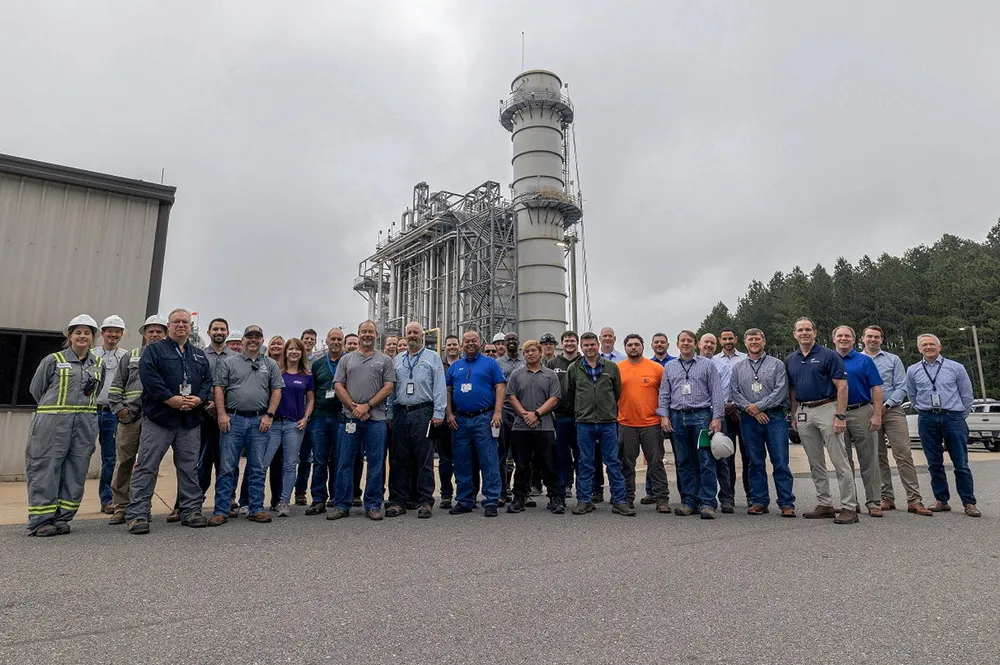US energy company claims world record for hydrogen blending in gas power plant after one-day test
An already-operational Siemens gas turbine was able to run on a 38% H2 blend, but long-term effects still unknown

An already-operational Siemens gas turbine was able to run on a 38% H2 blend, but long-term effects still unknown
